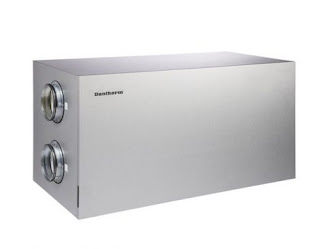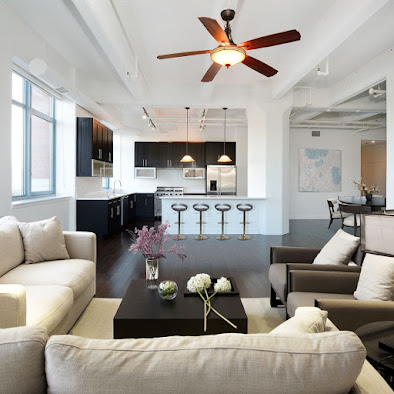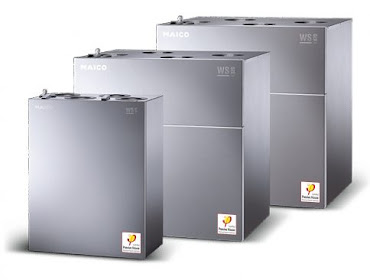Why Home Ventilation is so Important

The air indoors can be far more polluted than the air outdoors. Some pollutants that are floating around the air in your home is dust, odors, chemicals from cleaning products, and gases. A home ventilation system is important for maintaining a healthy breathing environment, both for your health and the longevity of your home’s structure and personal belongings. Reasons to Install a Home Ventilation Unit Breath Fresh Air. These units have the ability to extract breathed air, full of potentially harmful pollutants and CO2, and expels it outside the home. The system then can bring fresh air back into the house from the outside, where the air is much cleaner and healthy to breath. Protection Against Moisture Damage. In any given home, there are often various living species that create moisture within the air. Whether it is you or your family, animals, or plants, the moisture created simply from breathing can lead to extensive moisture. Home ventilation systems safely remove moisture...





